Touring Skis
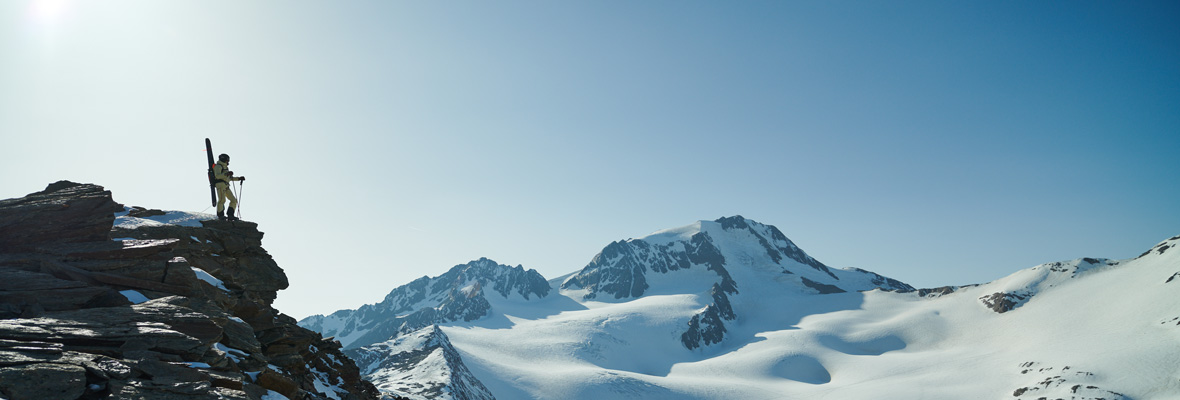
Just skiing downhill is easy. But to actually gain yourself the descent, you have to get up on the mountain first! You love having the entire mountain for yourself, enjoying nature and its calmness? You appreciate the struggle of having to go up meter by meter to reach the peak or need that exhausting training through the snow? Then you are in need of touring skis, and these come in a great variety of types, widths, lengths and brands.
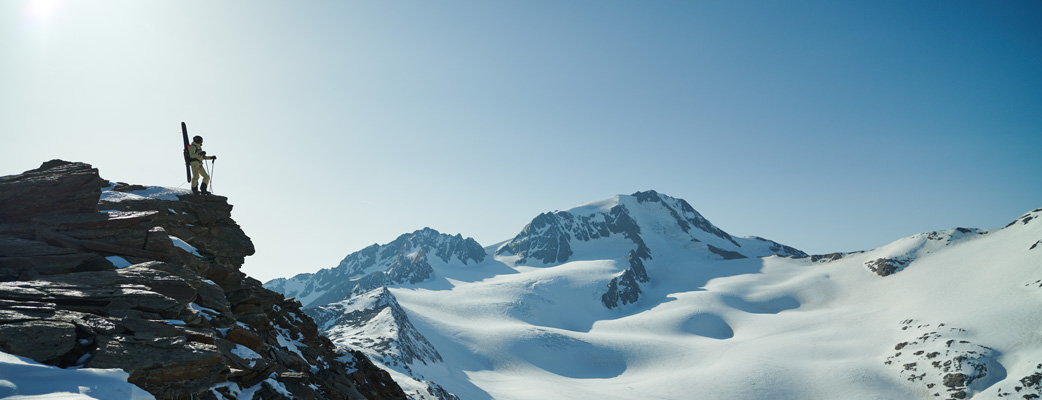

- - 57 %
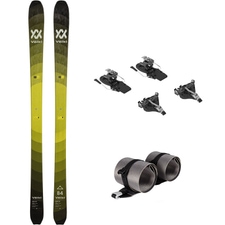 VölklRise 84 + ATK V-Crest 10 incl. Stoppers + Völkl Smart Glue Skins 23/24 Skitouring SkisMSRP 1159,95 €499,00 €Available Sizes:162
VölklRise 84 + ATK V-Crest 10 incl. Stoppers + Völkl Smart Glue Skins 23/24 Skitouring SkisMSRP 1159,95 €499,00 €Available Sizes:162
- - 18 %
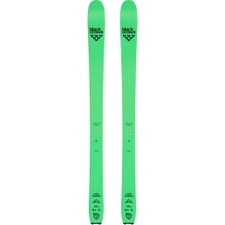 Black CrowsNavis Freebird 23/24 Skitouring Skis GreenMSRP 849,95 €699,00 €Available Sizes:173185
Black CrowsNavis Freebird 23/24 Skitouring Skis GreenMSRP 849,95 €699,00 €Available Sizes:173185 - - 57 %
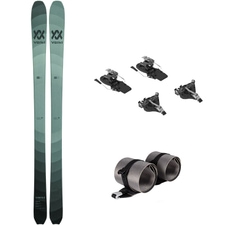 VölklRise 84 + ATK V-Crest 8 incl. Stoppers + Völkl Smart Glue Skins 23/24 Skitouring Skis with BindingsMSRP 1159,95 €499,00 €Available Sizes:162
VölklRise 84 + ATK V-Crest 8 incl. Stoppers + Völkl Smart Glue Skins 23/24 Skitouring Skis with BindingsMSRP 1159,95 €499,00 €Available Sizes:162
- - 40 %
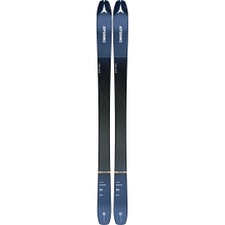 AtomicBackland 85 22/23 Skitouring SkisMSRP 499,95 €299,00 €Available Sizes:158165172179
AtomicBackland 85 22/23 Skitouring SkisMSRP 499,95 €299,00 €Available Sizes:158165172179
- - 27 %
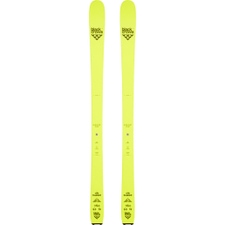 Black CrowsOrb Freebird 23/24 Skitouring Skis YellowMSRP 749,95 €549,00 €Available Sizes:161
Black CrowsOrb Freebird 23/24 Skitouring Skis YellowMSRP 749,95 €549,00 €Available Sizes:161 - - 43 %
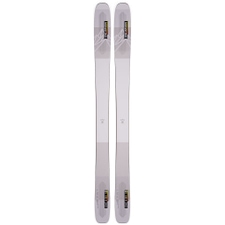 SalomonQST 106 22/23 SkisMSRP 699,95 €399,00 €Available Sizes:165173181189
SalomonQST 106 22/23 SkisMSRP 699,95 €399,00 €Available Sizes:165173181189
- - 33 %
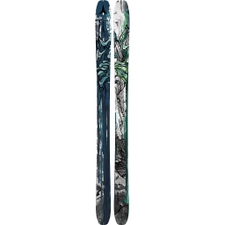 AtomicBent 100 23/24 SkisMSRP 599,95 €399,00 €Available Sizes:164172188
AtomicBent 100 23/24 SkisMSRP 599,95 €399,00 €Available Sizes:164172188
- - 54 %
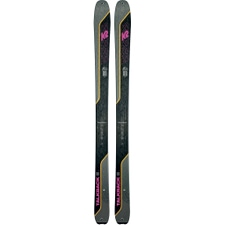 K2Talkback 88 21/22 Skitouring Skis WomenMSRP 564,95 €259,00 €Available Sizes:153160167
K2Talkback 88 21/22 Skitouring Skis WomenMSRP 564,95 €259,00 €Available Sizes:153160167
- - 15 %
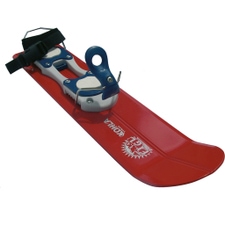 KohlaFigl with Plate Binding 22/23 Skitouring SkisMSRP 199,95 €169,95 €One size
KohlaFigl with Plate Binding 22/23 Skitouring SkisMSRP 199,95 €169,95 €One size
- - 25 %
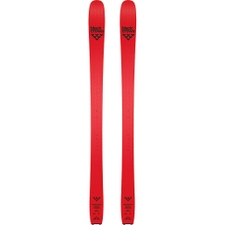 Black CrowsCamox Freebird 23/24 Skitouring Skis RedMSRP 799,95 €599,00 €Available Sizes:157164171178183
Black CrowsCamox Freebird 23/24 Skitouring Skis RedMSRP 799,95 €599,00 €Available Sizes:157164171178183 - - 47 %
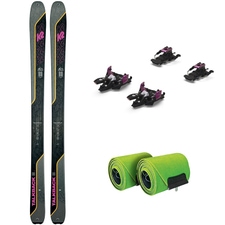 K2Talkback 88 + Marker Alpinist 8 + Wayback Fell 21/22 Skitouring Skis with Bindings WomenMSRP 1124,85 €599,00 €Available Sizes:153160
K2Talkback 88 + Marker Alpinist 8 + Wayback Fell 21/22 Skitouring Skis with Bindings WomenMSRP 1124,85 €599,00 €Available Sizes:153160
- - 60 %
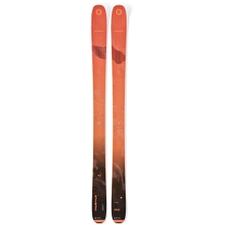 BlizzardHustle 10 23/24 SkisMSRP 749,95 €299,00 €Available Sizes:156164172180
BlizzardHustle 10 23/24 SkisMSRP 749,95 €299,00 €Available Sizes:156164172180 - - 50 %
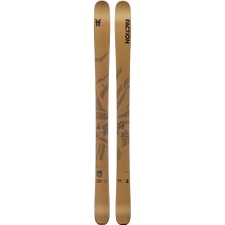 FactionAgent 3 23/24 SkisMSRP 798,95 €399,00 €Available Sizes:172178183188
FactionAgent 3 23/24 SkisMSRP 798,95 €399,00 €Available Sizes:172178183188
- - 23 %
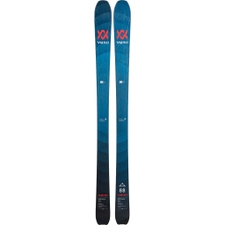 VölklRise Above 88 23/24 Skitouring SkisMSRP 649,95 €499,00 €Available Sizes:156163170184
VölklRise Above 88 23/24 Skitouring SkisMSRP 649,95 €499,00 €Available Sizes:156163170184
- - 25 %
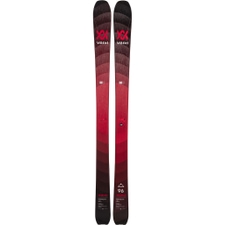 VölklRise Beyond 96 23/24 Skitouring SkisMSRP 749,95 €559,00 €Available Sizes:156163170177
VölklRise Beyond 96 23/24 Skitouring SkisMSRP 749,95 €559,00 €Available Sizes:156163170177
- - 48 %
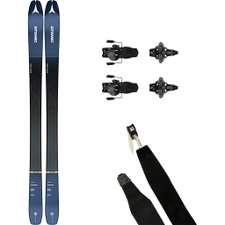 AtomicBackland 85 + Fischer ST Radical incl Stoppers + Atomic Skins 22/23 Skitouring Skis with BindingsMSRP 1159,85 €599,00 €Available Sizes:158165172
AtomicBackland 85 + Fischer ST Radical incl Stoppers + Atomic Skins 22/23 Skitouring Skis with BindingsMSRP 1159,85 €599,00 €Available Sizes:158165172 - - 50 %
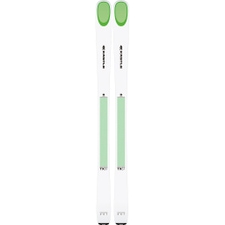 KästleTX87 21/22 Skitouring SkisMSRP 798,95 €399,00 €Available Sizes:150158166182
KästleTX87 21/22 Skitouring SkisMSRP 798,95 €399,00 €Available Sizes:150158166182 - - 41 %
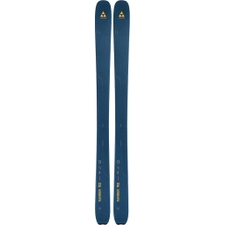 FischerRanger 102 23/24 Ski MenMSRP 779,95 €459,00 €Available Sizes:169176183190
FischerRanger 102 23/24 Ski MenMSRP 779,95 €459,00 €Available Sizes:169176183190 - - 32 %
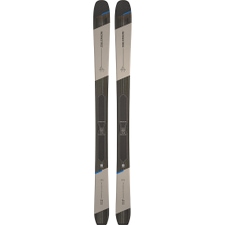 SalomonMTN 96 Carbon 23/24 Skitouring Skis Rainy Day/process Blue/blackMSRP 729,95 €499,00 €Available Sizes:166
SalomonMTN 96 Carbon 23/24 Skitouring Skis Rainy Day/process Blue/blackMSRP 729,95 €499,00 €Available Sizes:166
- - 36 %
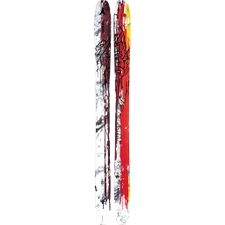 AtomicBent 110 23/24 SkisMSRP 699,95 €449,00 €Available Sizes:172
AtomicBent 110 23/24 SkisMSRP 699,95 €449,00 €Available Sizes:172
- - 30 %
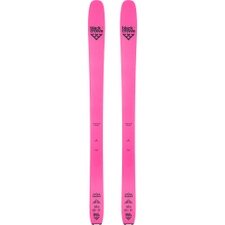 Black CrowsCorvus Freebird 23/24 Skitouring SkisMSRP 999,95 €699,00 €Available Sizes:183188
Black CrowsCorvus Freebird 23/24 Skitouring SkisMSRP 999,95 €699,00 €Available Sizes:183188 - - 40 %
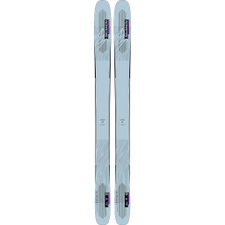 SalomonQST LUX 92 22/23 Skis WomenMSRP 499,95 €299,00 €Available Sizes:146152160168
SalomonQST LUX 92 22/23 Skis WomenMSRP 499,95 €299,00 €Available Sizes:146152160168
- - 31 %
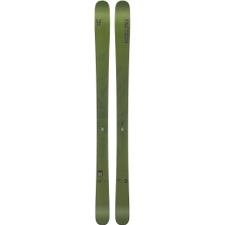 FactionAgent 2 23/24 Skis GreenMSRP 748,95 €519,00 €Available Sizes:163171177182187
FactionAgent 2 23/24 Skis GreenMSRP 748,95 €519,00 €Available Sizes:163171177182187
- - 36 %
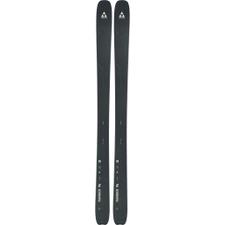 FischerRanger 96 23/24 SkisMSRP 779,95 €499,00 €Available Sizes:173180
FischerRanger 96 23/24 SkisMSRP 779,95 €499,00 €Available Sizes:173180 - - 53 %
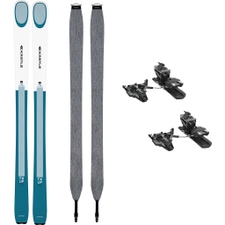 KästleTX 93 UP + Dynafit Radical ST incl. Stoppers + Kästle Skins 22/23 Skitouring Skis with BindingsMSRP 1277,85 €599,00 €Available Sizes:154162170178186
KästleTX 93 UP + Dynafit Radical ST incl. Stoppers + Kästle Skins 22/23 Skitouring Skis with BindingsMSRP 1277,85 €599,00 €Available Sizes:154162170178186
- - 37 %
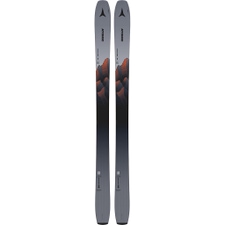 AtomicBackland 100 23/24 Skitouring SkisMSRP 749,95 €469,00 €Available Sizes:164172180188
AtomicBackland 100 23/24 Skitouring SkisMSRP 749,95 €469,00 €Available Sizes:164172180188
- - 38 %
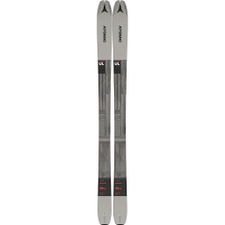 AtomicBackland 85 UL 23/24 Touring SkisMSRP 799,95 €499,00 €Available Sizes:165172179
AtomicBackland 85 UL 23/24 Touring SkisMSRP 799,95 €499,00 €Available Sizes:165172179
- - 41 %
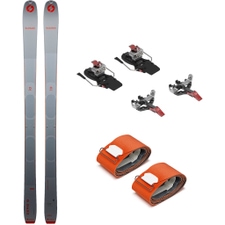 BlizzardZero G 85 + ATK Crest 10 incl. Stoppers + Skins 22/23 Skitouring Skis with BindingsMSRP 1278,90 €749,00 €Available Sizes:157164171
BlizzardZero G 85 + ATK Crest 10 incl. Stoppers + Skins 22/23 Skitouring Skis with BindingsMSRP 1278,90 €749,00 €Available Sizes:157164171 - - 56 %
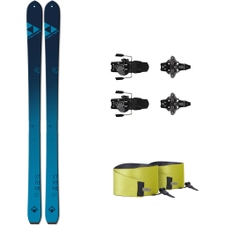 FischerX-Treme 82 + Fischer ST Radical incl. Stoppers + Skins 22/23 Skitouring Skis with BindingsMSRP 1139,80 €499,00 €Available Sizes:148156163170177
FischerX-Treme 82 + Fischer ST Radical incl. Stoppers + Skins 22/23 Skitouring Skis with BindingsMSRP 1139,80 €499,00 €Available Sizes:148156163170177 - - 64 %
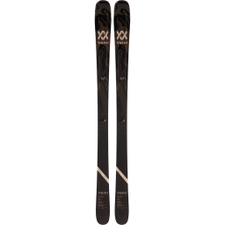 VölklYumi 80 20/21 Skis WomenMSRP 549,95 €199,00 €Available Sizes:154
VölklYumi 80 20/21 Skis WomenMSRP 549,95 €199,00 €Available Sizes:154 - - 33 %
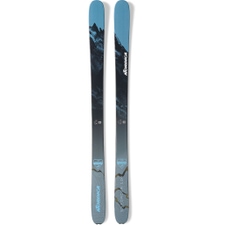 NordicaEnforcer 104 Unlimited 23/24 Skitouring SkisMSRP 749,95 €499,00 €Available Sizes:172
NordicaEnforcer 104 Unlimited 23/24 Skitouring SkisMSRP 749,95 €499,00 €Available Sizes:172 - - 43 %
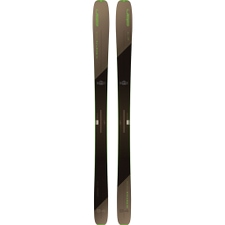 ElanRipstick Tour 94 22/23 Skitouring Skis MenMSRP 699,95 €399,00 €Available Sizes:157164
ElanRipstick Tour 94 22/23 Skitouring Skis MenMSRP 699,95 €399,00 €Available Sizes:157164 - - 40 %
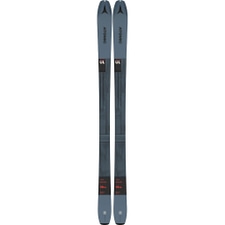 AtomicBackland 78 UL 23/24 Touring SkisMSRP 749,95 €449,00 €Available Sizes:163
AtomicBackland 78 UL 23/24 Touring SkisMSRP 749,95 €449,00 €Available Sizes:163
- - 52 %
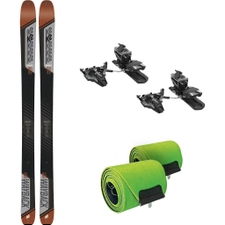 K2Wayback 96 + Dynafit Radical ST incl. Stoppers + K2 Skins 22/23 Skitouring Skis with BindingsMSRP 1339,85 €649,00 €Available Sizes:170177184
K2Wayback 96 + Dynafit Radical ST incl. Stoppers + K2 Skins 22/23 Skitouring Skis with BindingsMSRP 1339,85 €649,00 €Available Sizes:170177184
- - 45 %
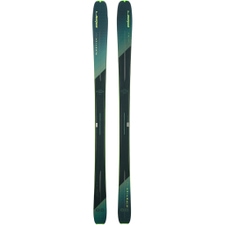 ElanRipstick Tour 88 22/23 Skitouring Skis MenMSRP 649,95 €359,00 €Available Sizes:148156177
ElanRipstick Tour 88 22/23 Skitouring Skis MenMSRP 649,95 €359,00 €Available Sizes:148156177 - - 25 %
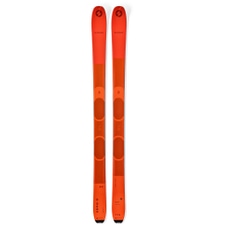 BlizzardZero G 95 23/24 Skitouring Skis 001MSRP 799,95 €599,00 €Available Sizes:157164178185
BlizzardZero G 95 23/24 Skitouring Skis 001MSRP 799,95 €599,00 €Available Sizes:157164178185 - - 55 %
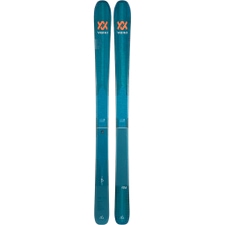 VölklBlaze 106 22/23 Skis MenMSRP 769,95 €349,00 €Available Sizes:165179
VölklBlaze 106 22/23 Skis MenMSRP 769,95 €349,00 €Available Sizes:165179
- - 44 %
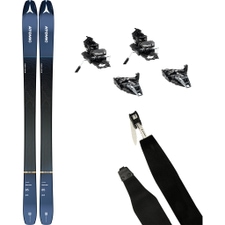 AtomicBackland 85 + Dynafit ST Rotation + Atomic Skins 22/23 Skitouring Skis with BindingsMSRP 1239,85 €699,00 €Available Sizes:158165172
AtomicBackland 85 + Dynafit ST Rotation + Atomic Skins 22/23 Skitouring Skis with BindingsMSRP 1239,85 €699,00 €Available Sizes:158165172
- - 23 %
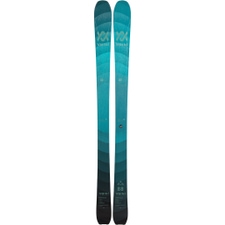 VölklRise Above 88 W 23/24 Skitouring Skis WomenMSRP 649,95 €499,00 €Available Sizes:149156163170
VölklRise Above 88 W 23/24 Skitouring Skis WomenMSRP 649,95 €499,00 €Available Sizes:149156163170
- - 43 %
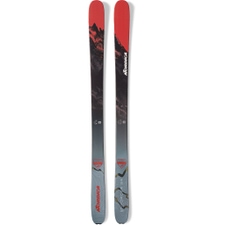 NordicaEnforcer 94 Unlimited (B-Grade-Ski) 23/24 Skitouring SkisMSRP 699,95 €399,00 €Available Sizes:165179186
NordicaEnforcer 94 Unlimited (B-Grade-Ski) 23/24 Skitouring SkisMSRP 699,95 €399,00 €Available Sizes:165179186 - - 50 %
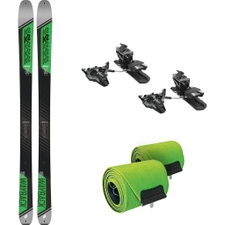 K2Wayback 88 + Dynafit Radical ST incl. Stoppers + K2 Skins 22/23 Skitouring SkisMSRP 1289,85 €649,00 €Available Sizes:160167174
K2Wayback 88 + Dynafit Radical ST incl. Stoppers + K2 Skins 22/23 Skitouring SkisMSRP 1289,85 €649,00 €Available Sizes:160167174
- - 26 %
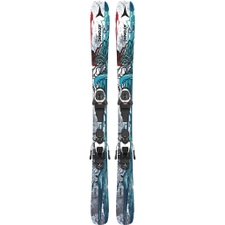 AtomicBent + L 6 GW 110-130 23/24 Ski with Binding KidsMSRP 269,95 €199,00 €Available Sizes:110120130
AtomicBent + L 6 GW 110-130 23/24 Ski with Binding KidsMSRP 269,95 €199,00 €Available Sizes:110120130
- - 22 %
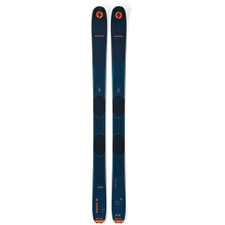 BlizzardZero G 105 23/24 Skitouring Skis 001MSRP 899,95 €699,00 €Available Sizes:172180188
BlizzardZero G 105 23/24 Skitouring Skis 001MSRP 899,95 €699,00 €Available Sizes:172180188 - - 40 %
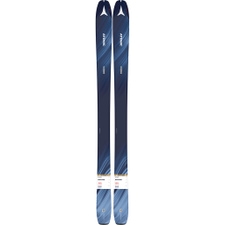 AtomicBackland 85 W 22/23 Touring Skis WomenMSRP 499,95 €299,00 €Available Sizes:151158165
AtomicBackland 85 W 22/23 Touring Skis WomenMSRP 499,95 €299,00 €Available Sizes:151158165
- - 50 %
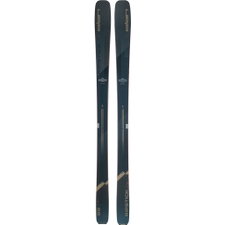 ElanRipstick 88 23/24 SkisMSRP 599,95 €299,00 €Available Sizes:156164172
ElanRipstick 88 23/24 SkisMSRP 599,95 €299,00 €Available Sizes:156164172
- - 48 %
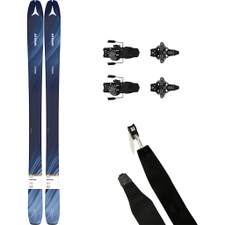 AtomicBackland 85 W + Fischer Radical ST incl. Stoppers + Atomic Skins 22/23 Skitouring Skis with Bindings WomenMSRP 1159,85 €599,00 €Available Sizes:151
AtomicBackland 85 W + Fischer Radical ST incl. Stoppers + Atomic Skins 22/23 Skitouring Skis with Bindings WomenMSRP 1159,85 €599,00 €Available Sizes:151 - - 45 %
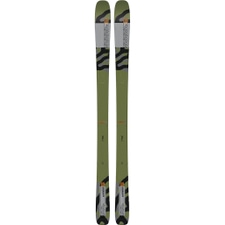 K2Mindbender 89TI 23/24 SkisMSRP 719,95 €399,00 €Available Sizes:170176182188
K2Mindbender 89TI 23/24 SkisMSRP 719,95 €399,00 €Available Sizes:170176182188
- - 33 %
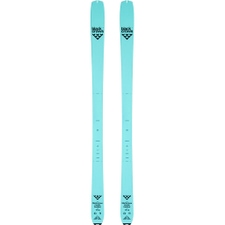 Black CrowsMentis Freebird 23/24 Skitouring Skis BlueMSRP 899,95 €599,00 €Available Sizes:157164171
Black CrowsMentis Freebird 23/24 Skitouring Skis BlueMSRP 899,95 €599,00 €Available Sizes:157164171 - - 31 %
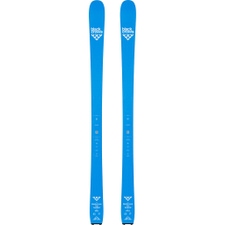 Black CrowsOva Freebird 23/24 Skitouring Skis BlueMSRP 649,95 €449,00 €Available Sizes:163170176182
Black CrowsOva Freebird 23/24 Skitouring Skis BlueMSRP 649,95 €449,00 €Available Sizes:163170176182 - - 33 %
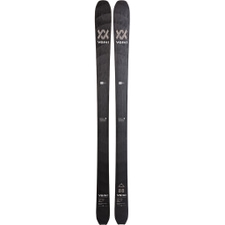 VölklRise High 88 23/24 Skitouring SkisMSRP 899,95 €599,00 €Available Sizes:160170180
VölklRise High 88 23/24 Skitouring SkisMSRP 899,95 €599,00 €Available Sizes:160170180
- - 50 %
 FactionProdigy 1 22/23 SkisMSRP 398,95 €199,00 €Available Sizes:178
FactionProdigy 1 22/23 SkisMSRP 398,95 €199,00 €Available Sizes:178
- - 20 %
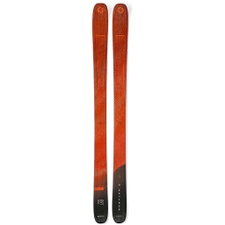 BlizzardRustler 9 23/24 Skis 001MSRP 649,95 €519,00 €Available Sizes:162168
BlizzardRustler 9 23/24 Skis 001MSRP 649,95 €519,00 €Available Sizes:162168 - - 38 %
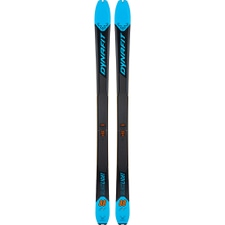 DynafitBlacklight 88 23/24 Skitouring Skis Frost Blue/carbon BlackMSRP 799,95 €499,00 €Available Sizes:165184
DynafitBlacklight 88 23/24 Skitouring Skis Frost Blue/carbon BlackMSRP 799,95 €499,00 €Available Sizes:165184
- - 45 %
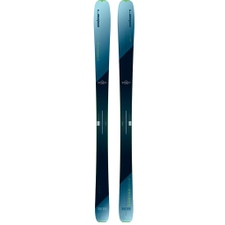 ElanRipstick Tour 88 W 22/23 Skitouring Skis WomenMSRP 649,95 €359,00 €Available Sizes:163170177
ElanRipstick Tour 88 W 22/23 Skitouring Skis WomenMSRP 649,95 €359,00 €Available Sizes:163170177 - - 40 %
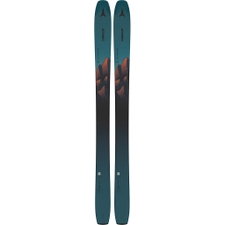 AtomicBackland 107 23/24 Skitouring SkisMSRP 799,95 €479,00 €Available Sizes:182189
AtomicBackland 107 23/24 Skitouring SkisMSRP 799,95 €479,00 €Available Sizes:182189
- - 45 %
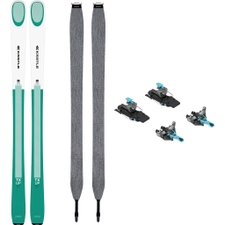 KästleTX87 Up + ATK Raider 10 incl. Stoppers + Skins 22/23 Skitouring Skis with BindingsMSRP 1356,85 €749,00 €Available Sizes:150166174182
KästleTX87 Up + ATK Raider 10 incl. Stoppers + Skins 22/23 Skitouring Skis with BindingsMSRP 1356,85 €749,00 €Available Sizes:150166174182
- - 45 %
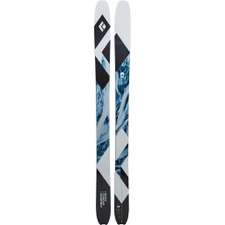 Black DiamondHelio Carbon 104 23/24 Skitouring Skis No ColorMSRP 899,95 €499,00 €Available Sizes:166
Black DiamondHelio Carbon 104 23/24 Skitouring Skis No ColorMSRP 899,95 €499,00 €Available Sizes:166 - - 37 %
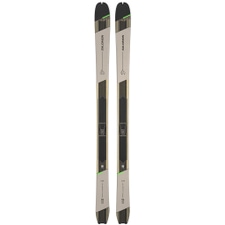 SalomonMTN 86 Carbon 23/24 Skitouring Skis Rainy Day/black/pastel Neon Green 1MSRP 629,95 €399,00 €Available Sizes:164180
SalomonMTN 86 Carbon 23/24 Skitouring Skis Rainy Day/black/pastel Neon Green 1MSRP 629,95 €399,00 €Available Sizes:164180
- - 43 %
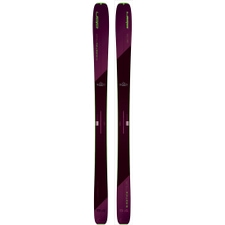 ElanRipstick Tour 94 W 22/23 Skitouring Skis WomenMSRP 699,95 €399,00 €Available Sizes:157164171178
ElanRipstick Tour 94 W 22/23 Skitouring Skis WomenMSRP 699,95 €399,00 €Available Sizes:157164171178 - - 31 %
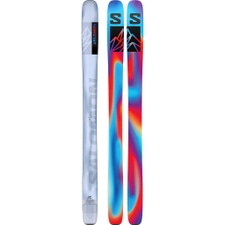 SalomonQST Blank 23/24 SkisMSRP 829,95 €569,00 €Available Sizes:194
SalomonQST Blank 23/24 SkisMSRP 829,95 €569,00 €Available Sizes:194
- - 29 %
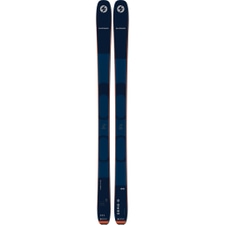 BlizzardZero G 85 23/24 Skitouring Skis 002MSRP 699,95 €499,00 €Available Sizes:150157164171178
BlizzardZero G 85 23/24 Skitouring Skis 002MSRP 699,95 €499,00 €Available Sizes:150157164171178 - - 56 %
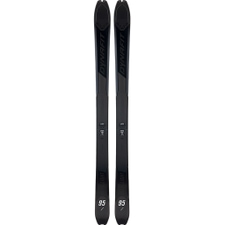 DynafitBlacklight 95 23/24 Skitouring SkisMSRP 899,95 €399,00 €Available Sizes:165172178184
DynafitBlacklight 95 23/24 Skitouring SkisMSRP 899,95 €399,00 €Available Sizes:165172178184
- - 43 %
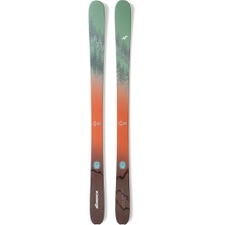 NordicaSanta Ana 93 Unlimited (B-Grade-Ski) 23/24 Skitouring Skis WomenMSRP 699,95 €399,00 €Available Sizes:151158165172
NordicaSanta Ana 93 Unlimited (B-Grade-Ski) 23/24 Skitouring Skis WomenMSRP 699,95 €399,00 €Available Sizes:151158165172 - - 32 %
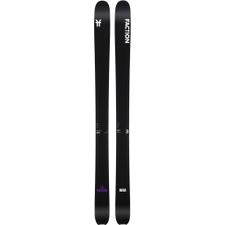 FactionLa Machine 3 Mega 23/24 Skis BlackMSRP 878,95 €599,00 €Available Sizes:165172178184
FactionLa Machine 3 Mega 23/24 Skis BlackMSRP 878,95 €599,00 €Available Sizes:165172178184
- - 33 %
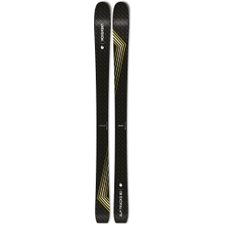 MovementAlp Tracks 90 23/24 Skitouring SkisMSRP 1199,95 €799,00 €Available Sizes:162170178186
MovementAlp Tracks 90 23/24 Skitouring SkisMSRP 1199,95 €799,00 €Available Sizes:162170178186 - - 54 %
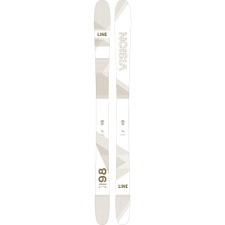 LineVision 98 22/23 SkisMSRP 649,95 €299,00 €Available Sizes:179
LineVision 98 22/23 SkisMSRP 649,95 €299,00 €Available Sizes:179 - - 26 %
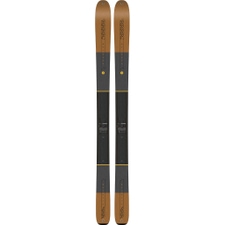 K2Wayback 98 23/24 Skitouring Skis DesignMSRP 699,95 €519,00 €Available Sizes:165172179186
K2Wayback 98 23/24 Skitouring Skis DesignMSRP 699,95 €519,00 €Available Sizes:165172179186
- - 62 %
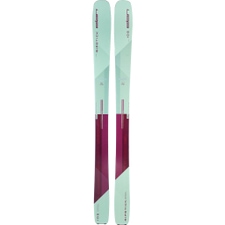 ElanRipstick 102 W 21/22 Skis WomenMSRP 649,95 €249,00 €Available Sizes:178
ElanRipstick 102 W 21/22 Skis WomenMSRP 649,95 €249,00 €Available Sizes:178 - - 29 %
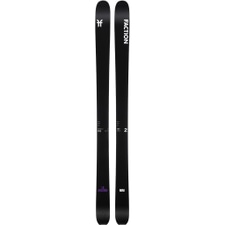 FactionLa Machine Mini 23/24 Skis BlackMSRP 848,95 €599,00 €Available Sizes:157164171177183
FactionLa Machine Mini 23/24 Skis BlackMSRP 848,95 €599,00 €Available Sizes:157164171177183
- - 34 %
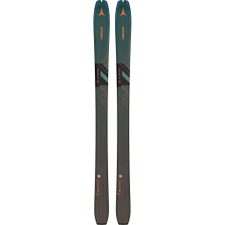 AtomicBackland 95 23/24 Skitouring Skis Petrol/grey/orangeMSRP 699,95 €459,00 €Available Sizes:161177185
AtomicBackland 95 23/24 Skitouring Skis Petrol/grey/orangeMSRP 699,95 €459,00 €Available Sizes:161177185
- - 44 %
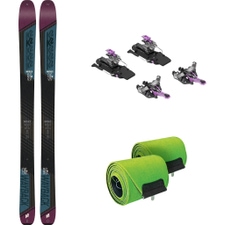 K2Wayback 96 W + ATK Raider 10 incl. Stoppers + K2 Skins 22/23 Skitouring Skis with BindingsMSRP 1418,85 €799,00 €Available Sizes:156163
K2Wayback 96 W + ATK Raider 10 incl. Stoppers + K2 Skins 22/23 Skitouring Skis with BindingsMSRP 1418,85 €799,00 €Available Sizes:156163 - - 33 %
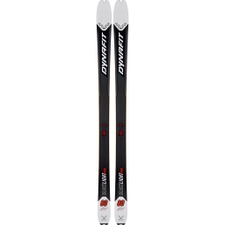 DynafitBlacklight Pro 23/24 Skitouring Skis Nimbus White/carbon BlackMSRP 899,95 €599,00 €Available Sizes:158172
DynafitBlacklight Pro 23/24 Skitouring Skis Nimbus White/carbon BlackMSRP 899,95 €599,00 €Available Sizes:158172


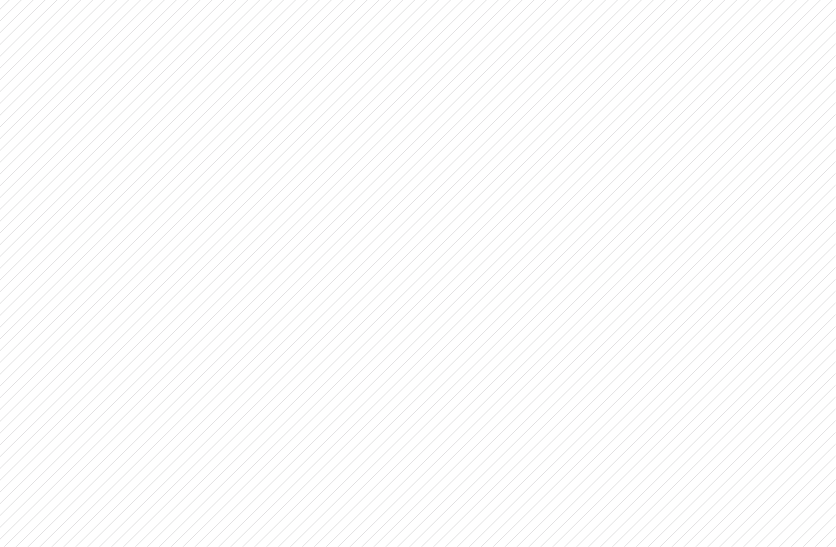
Many manufacturers also have special women's models in their range. These are generally somewhat softer, lighter and are offered in shorter lengths to accommodate the female physiology. The same applies to the touring skis for children and youngsters. And if you want to get started straight away, it's best to use our pre-configured ski touring sets. Then you save yourself the trouble of putting them together, which requires a certain overview of the range of skis, bindings and skins.
TOURING SKIS COME IN DIFFERENT TYPES
Touring is a sport done by diverse groups of people with different needs. There are the uphill ski tourers, who put much value on the ascent. Whoever finds the descent through the powder more important, will get himself freeride touring skis. Anyone looking for an everyday go-to gear will have an eye on allround touring skis, which have some advantages for everyone. And then there are the specific racing touring skis: performance oriented, to climb the mountain as fast as possible. Based on these needs, the skis vary in waist, Rocker construction, weight...
CONSTRUCTION AND BUILD OF THE TOURING SKI
Most touring skis are equipped with rocker construction - either tip rocker or tip & tail rocker. This gives the ski more lift in deep snow or in sulz. Rockers shorten the effective edge length and thus facilitate turn initiation and thus the turn itself. This gives the ski a high degree of manoeuvrability.
The opposite of the rocker is the full camber construction, positive preload in the ski. Here, as long as the ski is not loaded, the contact points with the snow are located at the shovel and ski tip, while there is a distance to the snow under the binding. As soon as you stand on the ski, pressure is applied, which means that the entire ski edge is under tension in the snow, which is particularly helpful for skis for high speeds and difficult snow conditions.
The Full Rocker is somewhat special. It is a so to say very "relaxed" construction: Tip and tail are bent upwards, under binding the ski lies - unlike camber construction - on the ground. For more details check out our special on Rocker types and profiles.
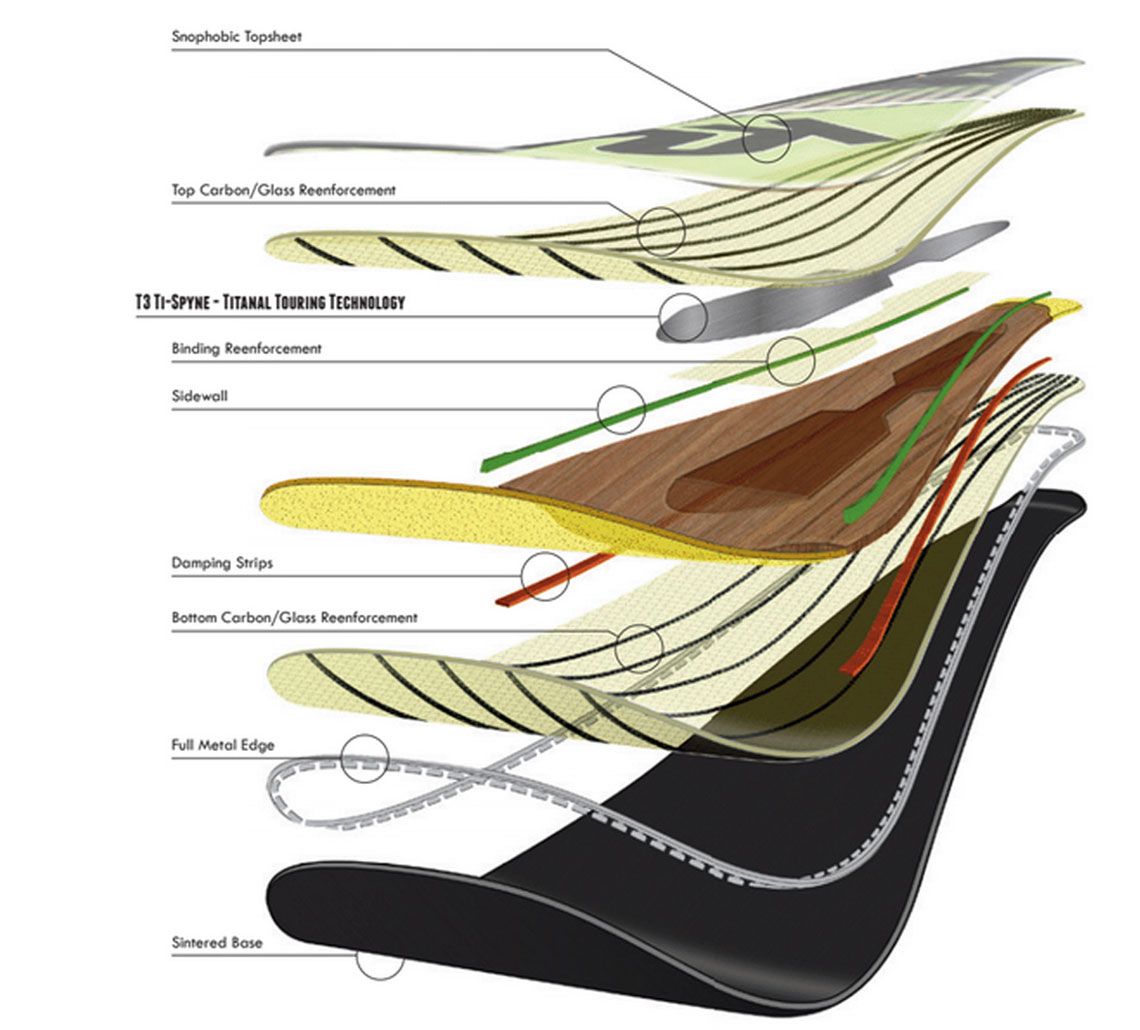
WHAT MATERIALS ARE USED IN TOURING SKIS?
Weight plays an important role in the construction of touring skis. The ski core is of particular importance here. Materials such as glass fibre, titanal, ash, balsa or often paulownia wood are used, such as in the K2 Wayback 88. In general, however, it can be said that a ski with a higher weight is somewhat more stable. That is why many manufacturers use carbon in their ski construction. To increase the torsional stiffness, i.e. the stiffness around the longitudinal axis of the ski, a carbon structure is often built around the core or used as a honeycomb construction in the ski shovel. This gives the ski more stability and edge grip.
THE BEST LENGTH AND FITTING RADIUS OF YOUR TOURING SKI
Generally, your ski should be about 10 cm shorter than you are. This will keep it maneuverable for the ascent and stable enough for the descent. Uphill ski tourers will oftentimes choose a shorter ski, making those kick turns easier, while the freeride tourer will opt for a longer ski. However, (unless you are a racer) the ski should not be shorter than your chin. See also our ski length finder for more.
The radius of the touring ski is, as with any other ski, based on its side cut. The stronger the side cut, the smaller the radius. The smaller the radius, the easier it gets to initiate turning. A greater radius will lead to more stability. In touring, you need both. Therefore, the radius for allround touring skis, freeride touring skis and uphill oriented will be at around 15 m. Race touring skis have less side cut and therefore a larger radius of around 20-23 m.
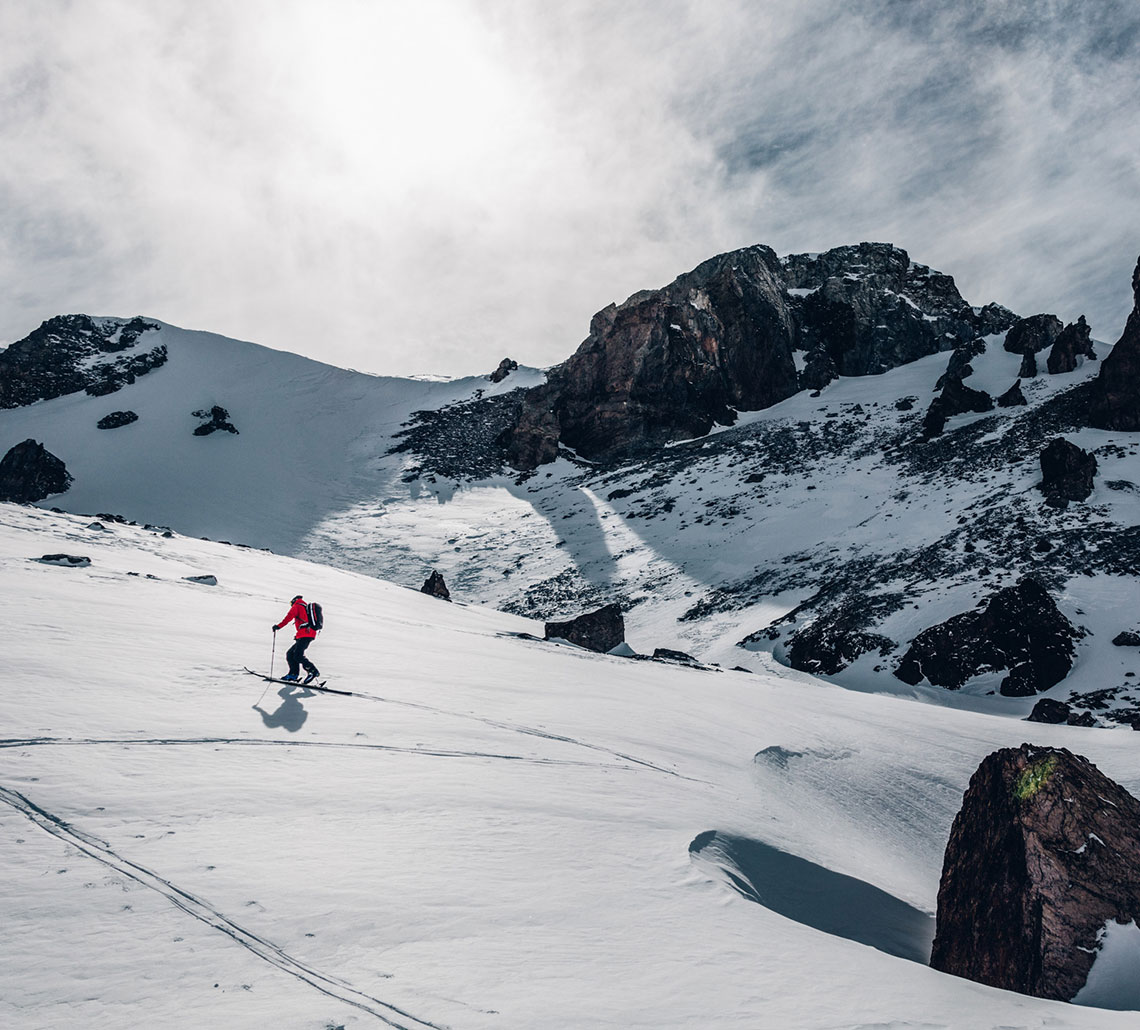
THE RIGHT TOURING SKI FOR YOUR WANTS & NEEDS
Uphill touring skis: The be-all and end-all of an ascent-oriented touring ski is its weight. It should be as light as possible and as manoeuvrable as possible. It doesn't matter whether it's a short ski tour as a training unit or a tour lasting several days with many ascents, the main thing is that it's easy to get up. That's why the ski here is on the narrower and lighter side with a width of approx. 80-85 mm and a weight of approx. 1000 g. The Atomic Backland 85 UL convinces here with 85 mm and only 950 g. If you don't want to miss out on downhill skiing either, you will choose a ski that is a few millimetres wider, although this will make it weigh a little more again. A pin binding is of course recommended for an ascent-oriented touring ski. After all, the ski is designed to be lightweight, so the binding should also be as light as possible! If you want to save a few grams of weight, you can do without the stopper. In addition, the right touring boots, i.e. light touring boots, are of course crucial for a coherent ascent-oriented set.
Freeride touring skis: For the freerider, it's all about the descent through deep pow. The ascent is more a means to an end. Therefore, the focus of this touring ski should also be on its deep snow performance. Accordingly, this ski is significantly wider than the other touring skis, with centre widths of 100 mm or even more. A large contact surface in combination with the rocker construction ensures lift in powder conditions and thus optimal for freeride fun. On the other hand, at around 1500 g, it is somewhat heavier than other touring skis. This of course reduces its climbing abilities making longer ascents not really everybodies delight. A good start is a ski like the Dynastar M-Tour 99 at 1300 g and a centre width of 99 mm.
Allround touring skis: This ski combines lightness and agility with downhill performance. As the name suggests, the ski is suitable for everything. For ski touring beginners as well as seasoned touring skiers. And whether it's a brisk tour up the local mountain or a versatile high alpine tour, with this all-round ski you're always on the safe side. The centre width will be around 90 mm and the weight around 1200-1300 g, like the Dynafit Radical 88, for example. Special women's models like the Dynafit Radical 88 W are even lighter.
As all-rounders are a compromise between uphill and downhill orientated skis, central parameters like width and weight will shift to on one side or the other.
Complete ski touring sets: Especially for ski touring beginners, we also have fixed touring ski sets for women and men in this category, which make it easier to get started in this sport with a matching touring binding and skins. These sets are now also available for children and young people.
Racer’s touring skis: The faster the better! The racer is really only concerned about speed. And this is certainly easiest with a lightwight ski. Race touring ski weigh well under 1000 g and are only available in short lengths. It is, of course, correspondingly narrow and manoeuvrable. On the other hand, a ski like the Atomic Backland UL 65 is somewhat weaker on the downhill and can only be recommended to experts who know how to handle these ultra-lights. To complete the race set, the other components such as bindings and boots are of course also available as race lightweights.
TOURING SKINS: SYNTHETIC OR MOHAIR? BETTER BOTH
No ski tour without a previous ascent, i.e. also no ski tour without ski touring skins. Most skins are mix-mohair skins, this means they have a mixed fur composition, which means a compromise. The basic rule is: pure mohair skins are more expensive, but have better properties. Synthetic skins are cheaper and more durable.
The ski length as well as the shape of the ski tip and ski ends are criteria for the choice of skin.
For the sake of simplicity, we have attached a suitable skin as a "Fitting products" to all skis suitable for touring. These are either already tailored to the model directly by the manufacturer or are cut accordingly by us.
For the ski tour, the right outdoor equipment should not be missing: Bindings, climbing skins, boots, poles, ski touring apparel and above all avalanche safety equipment!
Our advice: Take it easy and have a look at our pre-selected tourings set to get going without any hussles and save money.
For more detailed info, visit our skitouring guide!